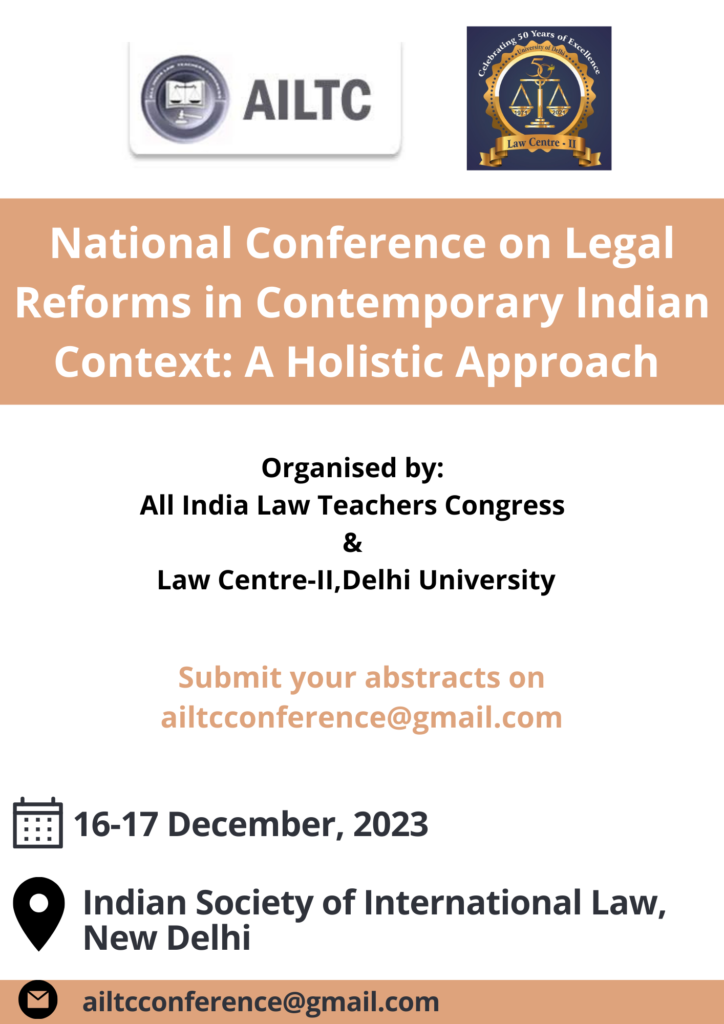India, a land of vibrant cultures and rapid economic growth, is grappling with a silent but deadly adversary – air pollution. From the bustling streets of Delhi to the industrial hubs of Mumbai, the air we breathe is laden with pollutants that pose a grave threat to public health and environmental sustainability. In this blog, we’ll delve into the pressing issue of air pollution in India, exploring its causes, impacts, and the urgent need for collective action to secure a cleaner, healthier future for all.
Understanding the Crisis:
India has disproportionately high mortality and disease burden due to air pollution. This burden is generally highest in the low SDI states of north India. Air pollution in India is a complex problem with multiple sources. Vehicular emissions, industrial activities, construction dust, and agricultural burning all contribute to the toxic cocktail of pollutants that shroud our cities. These pollutants include particulate matter (PM), nitrogen dioxide (NO2), sulphur dioxide (SO2), and volatile organic compounds (VOCs), among others. Prolonged exposure to such pollutants can lead to a range of health problems, including respiratory disorders, cardiovascular diseases, and even neurological issues.
Health Impacts:
The health impacts of air pollution are staggering. Studies have shown a direct correlation between air pollution levels and respiratory illnesses such as asthma, bronchitis, and chronic obstructive pulmonary disease (COPD). Long-term exposure to polluted air has also been linked to an increased risk of heart attacks, strokes, and even certain types of cancer. Vulnerable populations such as children, the elderly, and those with pre-existing health conditions are particularly at risk, exacerbating existing health inequalities.
Economic Ramifications:
Beyond its toll on public health, air pollution exacts a heavy economic burden on society. Healthcare costs soar as individuals seek treatment for pollution-related illnesses, putting additional strain on already overburdened healthcare systems. Lost productivity due to absenteeism and reduced workforce efficiency further compounds the economic impact, hindering economic growth and development. Moreover, the environmental degradation caused by air pollution has long-term consequences for agriculture, water sources, and biodiversity, affecting livelihoods and exacerbating poverty.
Government Initiatives:
Recognizing the severity of the issue, the Indian government has implemented several initiatives to address air pollution. Since the transport sector is a main source of air pollution in urban India, the Government of India adopted BS-VI emission standards in 2016 for all major on-road vehicle categories. The rollout of clean fuel (BS-VI) in India began in the capital city of Delhi, one of the most polluted cities of India. The National Clean Air Programme (NCAP), launched in 2019, aims to reduce air pollution levels across the country and improve air quality monitoring systems. Strict emission norms for industries and vehicles, along with the promotion of cleaner fuels and public transportation, are part of the multi-faceted approach to tackle the problem. However, effective implementation and enforcement of these measures remain key challenges.
Challenges and Solutions:
Despite government efforts, challenges persist in combating air pollution in India. Enforcement of regulations, inadequate waste management, and a lack of public awareness are among the major hurdles that need to be overcome. Many cities in urban India, particularly the metros, are major hotspots of air pollution with a PM2.5 concentration level ranging above the permissible limits defined by the World Health Organisation for most of the year. A comprehensive strategy involving active participation from citizens, industries, and policymakers is essential. Promoting sustainable practices such as renewable energy adoption, waste reduction, and green transportation alternatives is crucial in mitigating air pollution. Moreover, investing in innovative technologies and fostering international collaborations can further enhance efforts to combat this global challenge.
The Role of Citizens:
While government action is crucial, individuals also have a significant role to play in addressing air pollution. Simple lifestyle changes such as carpooling, using public transportation, conserving energy, and reducing waste can all contribute to reducing our carbon footprint and improving air quality. Additionally, raising awareness about the health impacts of air pollution and advocating for stronger environmental regulations can help mobilize collective action and drive positive change.
Conclusion:
In conclusion, tackling air pollution in India requires a multi-faceted approach that addresses the root causes of the problem while empowering individuals and communities to take action. By prioritizing environmental sustainability alongside economic development, we can create a cleaner, healthier future for all. The urgency of this issue cannot be overstated, as the health and well-being of millions of people are at stake. Together, let us rise to the challenge and work towards a brighter tomorrow, where clean air is a fundamental right for every citizen.
Join the Movement:
It’s time to turn the tide against air pollution. Join the movement for cleaner air and a healthier future for India. Together, we can make a difference. Take action today and be part of the solution. The air we breathe depends on it.
References
Bipin Bandekar, K. K. (2023). Impact of Growth of Automobile Industry on Air Pollution in India. International Journal of Science and Research (IJSR), 1833.
Damini SinghIndrani, G. G. (2023). The Association of Asthma and Air Pollution: Evidence from India.
Koul, P. A. (2019). Health and economic impact of air pollution in the states of India: the Global Burden of Disease Study . The Lancet Planetary Health , 6.
India S.L.D.B., (2019) The impact of air pollution on deaths, disease burden, and life expectancy across the states of India: the Global Burden of Disease Study 2017.
Soumi Roy Chowdhury, Sanjib Pohit, Rishabh Singh. (2023). The Economic Implications of Air Pollution: A Case of Two Cities.
Written By:
Sachin
2nd Year
Tezpur Central University








